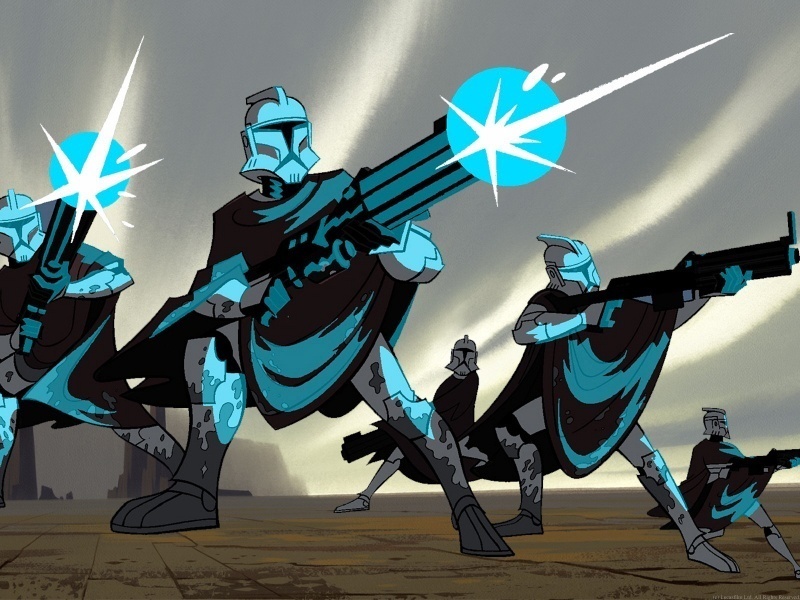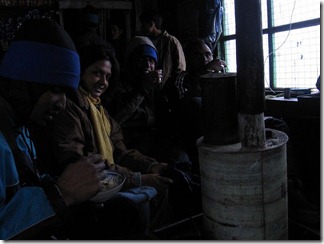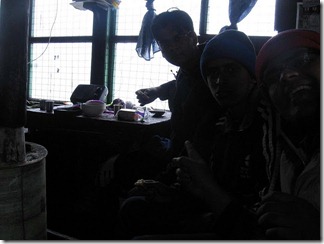People who are in Social Media would already know of influence monitoring tools such as Klout, Peerindex, and Rapportive.
I started using Klout the minute I discovered it using the Rapportive add-on for Firefox. Measuring and monitoring your klout score seemed cool. Soon after that I chanced on Peerindex as well.
The approaches employed by Klout and Peerindex are slightly different. Whereas Peerindex considered the reach of your tweets and conversations, Klout seemed to focus on the richness. Both the web-apps seemed cool, since both of them gave you an indication of what and how to increase your respective scores. So I managed to hike up my Klout score from the low 40s to the low 60s. I was happy with what I had achieved, until one conversation with Sushrut at a Tweet-up made me realize, that a high Klout score or a high Peerindex score is not really the outcome.
The business model that both these web-apps adopt to monetize their influence measuring algorithms is pretty much the same. Organizations that need to reach out to the influencers and decision-makers in their particular niches can now do so … at a price of course. Peerindex for example, charges 50 GBP for identifying a single influencer in the topic of your choosing. Of course there are people who are willing to pay, but the question I want to raise is till when?
I recently read this article on the openview blog, and found this great directory of twitterati – Twellow. One simple search confirmed this, the application is a directory of topic-wise experts, whereas this might seem commonplace, what this means for Klout and Peerindex is that their premium services now seem overpriced. Why would an organization pay a premium for the same information which is available for free?
Agreed, that Klout and Peerindex do provide “perks” for influencers, but at the end of the day, the deliverable for which the organization is paying up good money is to get twitter handles of influencers to start engaging with them. Perhaps, if the engagement can be somehow integrated into these perks … but till then I am firmly sticking to Twellow!






